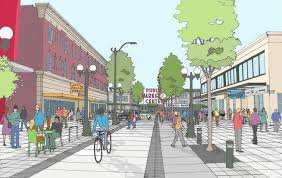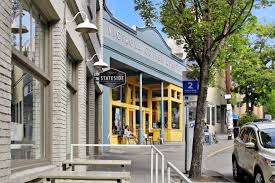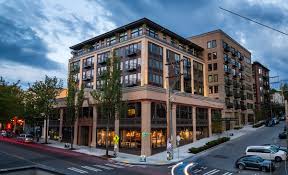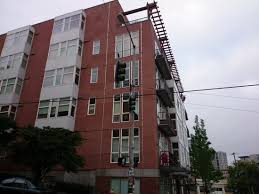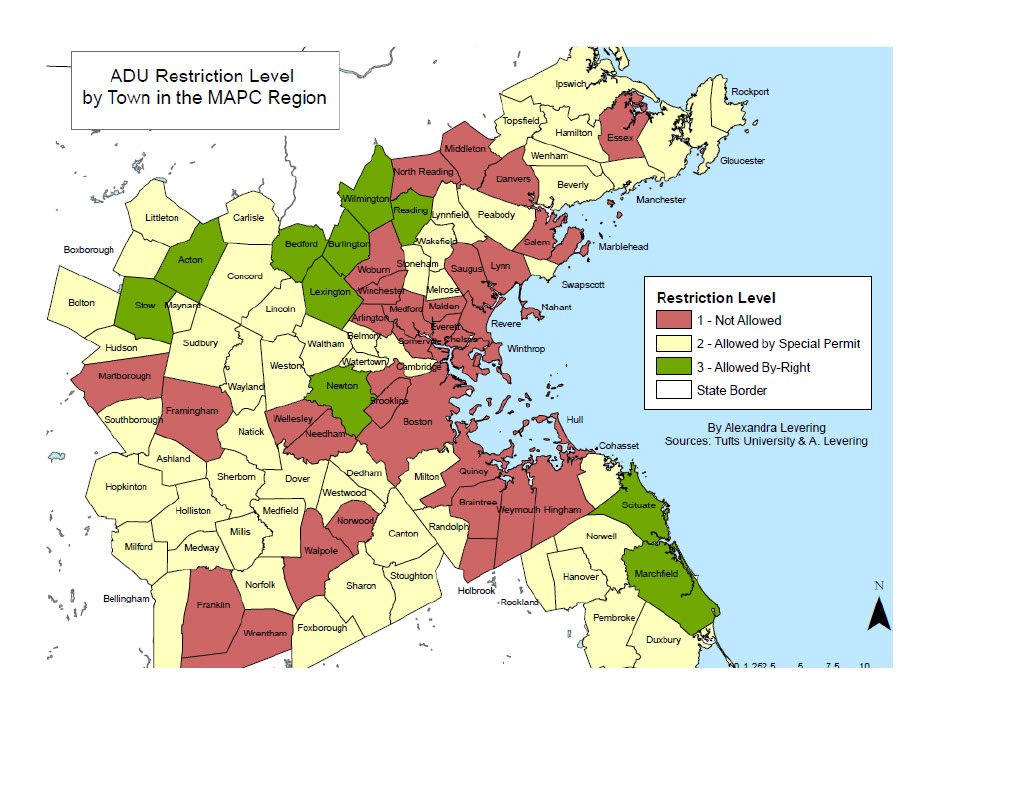Article 5 in a series on the Arlington, MA Master Planning process. Prepared by Barbara Thornton
Residential Uses May Push Out Commercial Uses
The Master Plan will have a distinct section focusing on housing and in Arlington there will be much to decide. Housing prices in Arlington are among the fastest rising in the region. According to a recent article in the Boston GLOBE (10-14-14) Arlington median home prices have jumped 15% in the last eight months, to $625,000. Condo costs per square foot are higher in Arlington than in neighboring Lexington and Winchester. The average condo in Arlington jumped 22% to $433,750. This is great news for people who already own a home. But this trend suggests that, without planning for a variety of housing at various prices, the town will lose its economic diversity. Children born here may not be able to afford to live here as adults. The creative community of artists and writers now giving the Town identity may be priced out. Maintaining the economic diversity of its citizens is only one of several housing questions Town residents will consider as the HOUSING section of the Master Plan is developed.
Under current zoning, commercial uses, like stores and businesses, can be replaced by housing with a special permit. As a residence in Arlington becomes increasingly desirable, the commercial areas that add utility, vitality and taxes to the town will shrink. Should residential use be prohibited in commercial zones? Should the Town encourage mixed use development which is designed to include both residential and commercial? Or should we leave the zoning as it is?
Arlington Has Tools for Creating Affordable Housing
In 1969 the state addressed the need for more affordable housing with the law known as Ch. 40B. Arlington has only one 40B development and has relied, instead on the Housing Authority (AHA), the Housing Corporation (HCA), group homes and inclusionary zoning to add affordable housing to the Town. As housing values increase and the availability of vacant land shrinks, will these tools be adequate for the community’s future housing needs? Staff working on the Arlington Master Plan interviewed many people between May and July, 2013. “Loss of affordable housing” was one of the major changes those interviewed mentioned. Creating more affordable housing is something that a Master Plan can address.
Is “Mansionization” an Issue in Arlington?
A drive out Lowell St. toward Burlington shows plenty of examples of “mansionization”. As Lexington became a more desirable community with higher sales prices, developers tore down smaller, older homes to build much larger new homes. The community refreshes its housing stock, a good thing, but loses the economic diversity and the architectural sensibility of the community’s history. A Master Plan can address these concerns but only if the community is clear about the problems. Loss of affordable housing? Incompatible architectural styles? Volume of house on the street? Are there other benefits from these “tear downs”?
Housing Data: Quantity, Size, Trends, Locations
The Arlington Planning Dept., led by Carol Kowalski, has gathered a great deal of data on housing in Arlington. According to the 2011 census, there are 20,017 housing units in Town. Between 2003 and 2014 many two and three family houses converted to condominiums, contributing to the addition of 959 condos to the housing stock. Typical for this area, the housing stock is old, the median year of construction is 1931. Although Arlington is considered a “mature and largely developed suburb”, it offers a wide variety of densities within neighborhoods, home sizes and ages. Over two thirds of all housing are two and three bedroom units and 16% are four bedroom units in Arlington, while almost 25% of all housing units in Middlesex County have four bedrooms. Turkey Hill and Morningside neighborhoods are the least densely developed. Arlington Center, Menotomy Rocks and Jason Heights neighborhoods have larger homes. Arlington issued permits for 657 housing units since 2004. Multi-family permits are strong with the redevelopment of Symmes Hospital as Arlington 360 and the Brigham Square development in the old ice cream factory area. Several new larger housing developments have been approved in the Alewife area of Cambridge and in Belmont. The town’s home ownership rate is 58%, similar to neighboring towns. Over half the people living in Arlington in 2010 had lived here for 10 or fewer years, lots of new faces in town. The housing report online includes much more information including tables of data.
What Should Future Neighborhoods Look Like?
If you could nominate three places in Arlington for a “most livable neighborhood” award, what places would you choose? Why? What qualities do they have that make them particularly good places to live? Do we want to accentuate these qualities in other neighborhoods? Or do we want to retain a variety of neighborhoods with their own special look and feel? Arlington residents will have more opportunities in the coming months to share their thoughts about Housing and about the Master Plan in general. Watch for an opportunity to share your ideas.
